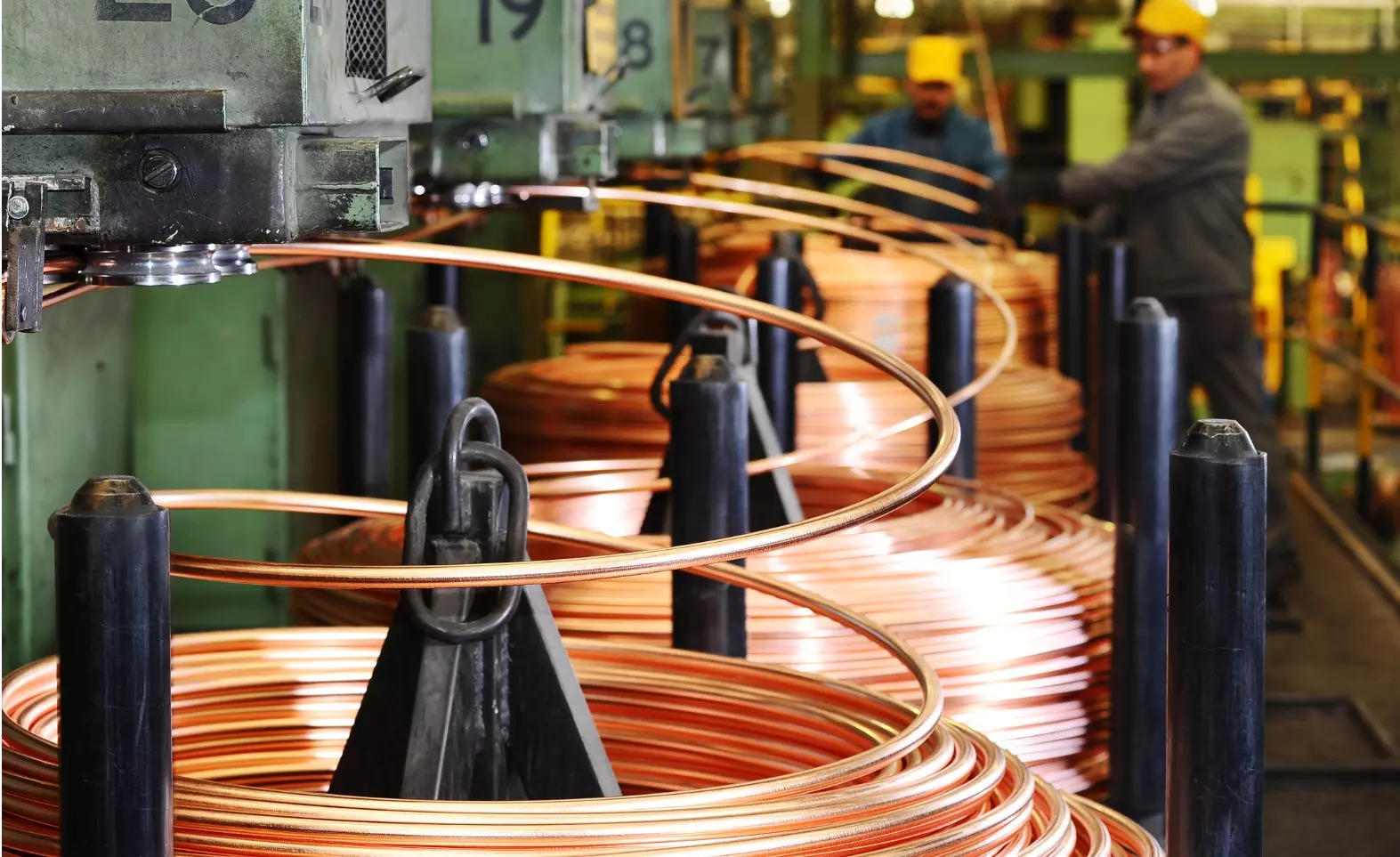
China has already established itself as a global leader in the renewable energy sector in spite of being the world’s largest energy consumer and greenhouse gas producer. With 228 GW of large-scale solar utility capacity—more than the rest of the world combined– and 310 GW of onshore and offshore wind capacity, it holds the top rank in the world.
Moreover, China is well on track to achieve its wind and solar capacity targets five years ahead of its 2030 goals: 772 GW of total solar capacity—from rooftop to utility scale solar energy—and 599 GW of wind energy, according to the June 2023 report of the Global Energy Monitor, a non-profit research organisation.
Moreover, Bloomberg NEF reports that global investments in renewable energy touched nearly half a trillion US dollars for the first time, with China accounting for 55% of that. Its USD 164 billion investments in new solar installations and USD 109 billion in new wind installations, was more than the combined investment figure from both the US and Europe.
The role of copper
However, to achieve such large-scale operations, China will require huge amounts of copper, an indispensable mineral in the energy transition and refined copper. Copper’s “conductive qualities make it a key component of low-emissions power production technologies like solar photovoltaic (PV) panels, wind turbines, and batteries, in addition to its widespread use in the energy transmission and distribution grids,” says a report by the International Energy Agency.
China’s capacity expansion
Having already established its vice-like grip on the supply of other green metals like lithium, cobalt and nickel, used in electric vehicle batteries, China’s production of refined copper — and its share of world output — is heading for a record this year after a burst in construction of new smelters. For instance, Nanfang Nonferrous, China’s largest private copper producer, hopes to complete three projects by the end of 2025, including its 500,000 tonnes per year copper facility in Anhui.
Similarly, Tongling Nonferrous, which is aiming to become the world’s top copper maker, hopes to increase its capacity to two million tonnes by 2025. Xiamen C&D, another major player, has emerged as a major figure in the copper sector, with plans to set up a new 600,000 tonnes per year (tpy) smelter in Liaoning province, in China shortly after acquiring Xiangguang’s 450,000 tpy copper facility.
Despite being the world’s largest consumer of copper– for 59% of the global demand compared to 26% of the rest of the world and 40 % of the world’s total copper imports– it is increasing its production facilities at an accelerated pace. In fact, as per Goldman Sachs’s data China’s green copper demand rose 71% in July from a year ago. “The most significant strength has come on the renewables side where related copper demand is up 130% y/y year-to-date, led by surging solar related demand,” says another Goldman Sachs report.
Moreover, China’s copper smelting capacity, which has been growing rapidly, should increase by another 45% by 2027, accounting for 61% of expected new plants around the world in that period, according to Carlos Risopatron, director of economics at the International Copper Study Group.
The rapid expansion of copper smelting capacity is triggering a race to secure copper concentrate to feed the smelters, and China is leading the race. Of the more than 696 copper mines in operation globally, 127 are in China, according to GlobalData’s mines and projects database, making it the third largest producer of copper. Only recently, China had agreed to buy the Khomacau copper mine in Botswana for an enterprise value of USD 1.88 billion. The mine can produce about 60,000 tons of copper and about two million ounces of copper every year.
In India
Copper demand in India too had surged in recent times–from 13.11 lakh tonnes in 2022. to 15.22 lakh tonnes in 2023—a jump of 16%, according to a report by the Copper Demand Study in India (FY 23), but with little increase in domestic production of refined copper. Between 2015 and 2023, India’s net imports of copper contained in finished goods increased by 181.82% from 1.1 million to 3.1 million tonnes over the same period. India imported 1,81,000 tonnes of copper while exporting a meagre 30,000 tonnes. Moreover, India’s copper import is likely to rise to 350,000 tons in 2030, from 100,000 tons in 2025, with demand likely to surpass the additional output from the Adani smelter that is being built, said analysts at the recently held World Copper Conference Asia.
Part of the reason for this increase in imports is because of the closure of the 4lakh ton per annum capacity of Vedanta’s smelter refinery plant in Tamil Nadu in May 2018. Today, Hindalco Industries and Hindustan Copper are the major producers of refined copper in India, with a one-million-ton capacity greenfield copper refinery plant at Gujarat expected to come up by 2024, built by the Adani group.
(Disclaimer: Amir Ullah Khan is a former civil servant and now Professor at the MCRHRDI of the Government of Telangana. He is a Visiting Professor at TISS, Indian School of Business. Manipal Institute of Technology and NALSAR in Hyderabad. Views expressed in this article are personal)

















